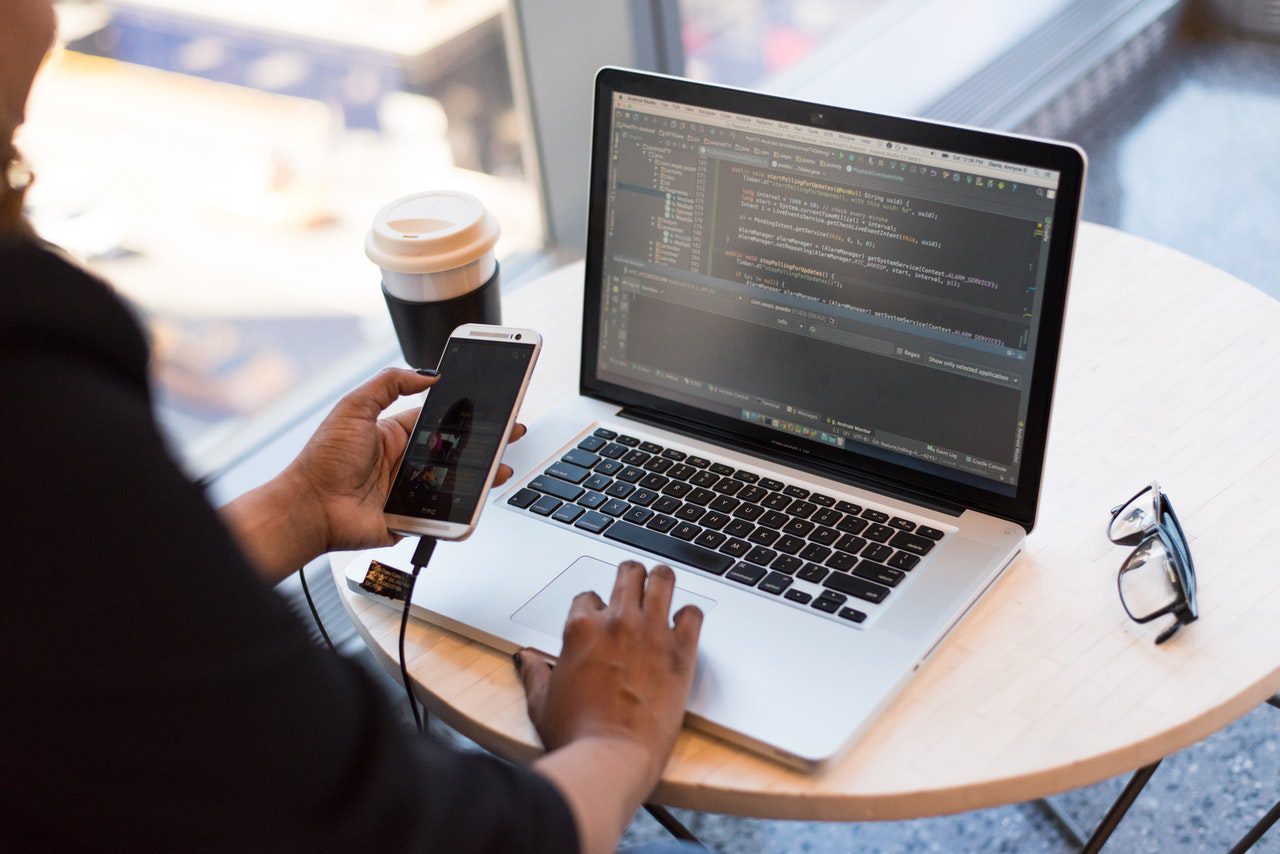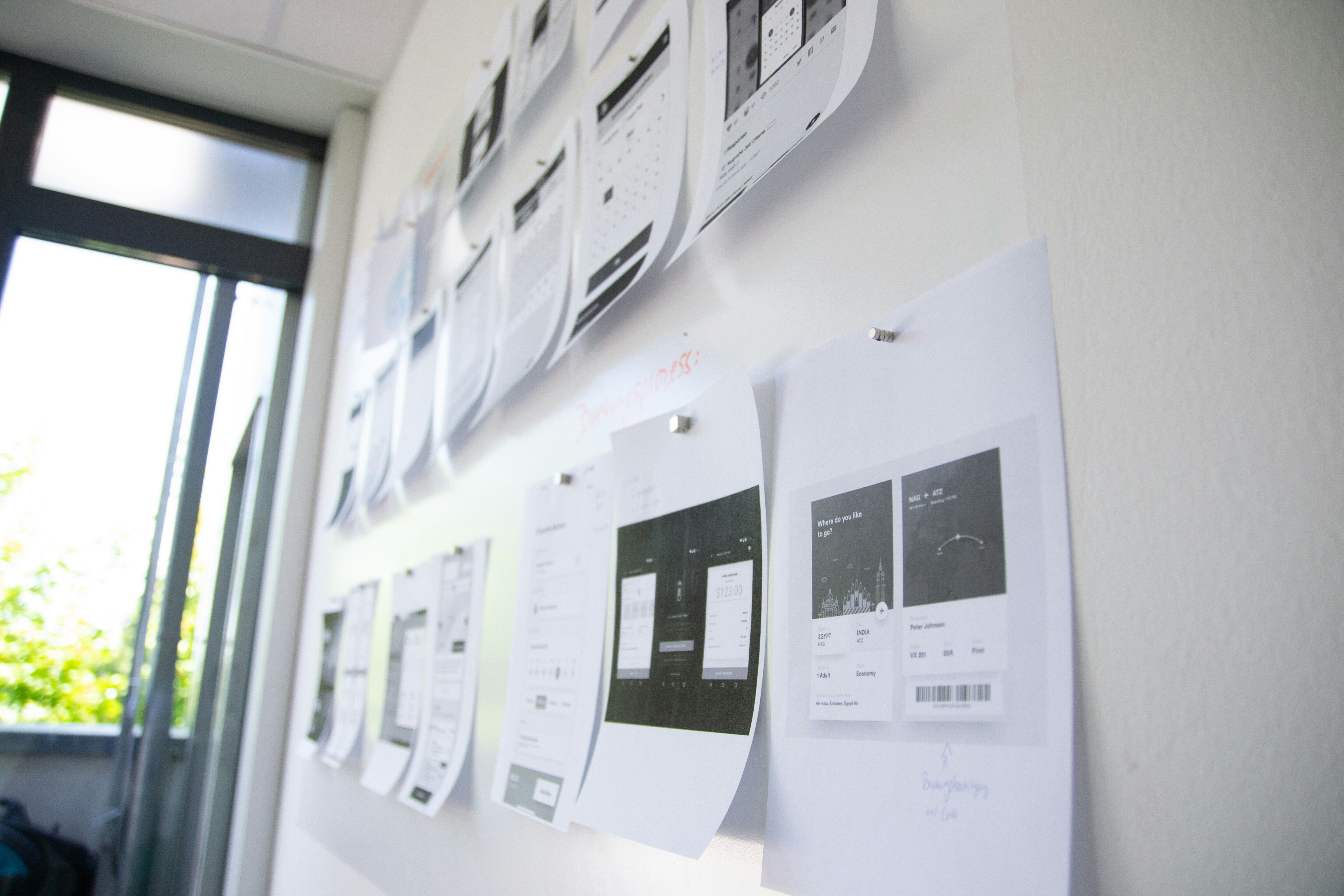How to Build a Mobile App
The success of any app depends on two things: how well it meets the needs of its target users and how enjoyable it is to engage with. But this...

Building an app requires a collection of technical skills, from server architecture to front-end coding. Entrepreneurs who develop an idea for an app don’t have all the technical skills to bring it to life, so their task is to find a team that does. Building an app is a complex project, and there are many steps involved. You can learn a lot about a development team by asking about their process, so it’s always smart to find out what process the teams use that you’re considering. Here’s the step-by-step process for app development that we use here at Designli.
Before any work begins to build your app, it’s important to lay the groundwork. Think of this as the foundation for the house you’re building — you don’t start putting up walls before the foundation is laid, and the same is true for your app. At Designli, our SolutionLab workshop starts the process where we meet with you either in person or virtually to discuss things like:
You may not have all the answers yet, and that’s ok — this workshop is designed to get the conversation started and make a few key decisions. You’ll likely come away from the meeting with a set of questions to mull over and make further decisions on.
We’ve learned from experience that it’s very important to start these discussions early in the process for app development to ensure we have a full understanding of your vision. Considering these strategic aspects of your app before you start building makes the rest of the work flow more smoothly.
If you want to build products that people will love, it’s important to understand your target users and what their wants and needs are. The best way to do this is to create user personas. These data-driven, detailed fictional representations of each user type reflect users goals, motivations, and behaviors. Personas make it easier to know which features to prioritize ensure your users are front-and-center in every decision you make.
One of the first things you likely did with your new app idea was to check the market opportunity. Is there an app that offers similar functionality, and if so, can you improve upon the feature set, value proposition, or marketing? Now it’s time to dig deeper into your preliminary research to really understand competitive offerings and marketing strategy so you can differentiate. Become a customer and connect on social media — there are lots of different ways to research your competition.
Now that you know your users intimately and understand the market opportunity and your competition, it’s time to establish clear goals and objectives for your app. This will help you to determine the appropriate monetization strategy for your app. And while you’re at it, think ahead to tracking towards your app goals once you launch and determine the metrics and KPIs you will track to serve as flags when you need to course-correct.
The mobile platform you select impacts the market potential for your app. Do you need to serve both platforms? If so, should you build a native app for each platform or build a single cross-platform app? We help clients think through this issue during the SolutionLab process, but you’ll make a final decision on which platform to start with at this stage.
Before you start to build, you’ll want to have a detailed plan that will keep every team member on the same page. Just like an architect creates design plans for a house, you’ll want your development team to do the same for your app. We’ll map out the user experience and create a roadmap for building the app that includes UX/UI design principles. This roadmap includes user stories, which are feature capabilities presented from each user’s point of view. This ensures that the user experience is a good one. Delivering an effortless user experience doesn’t just happen. It takes planning to ensure an app is intuitive, user-friendly, and interactive.
Next, we create a work breakdown structure (WBS) that is a visual map for the features of your app development project and how the user stories roll up to them. The purpose is to get a view of what the project looks like in a fairly detailed view. It is used to create an estimate as each feature and even each user story can be noted with a cost associated with the work. A WBS is also used to map out the timeline for the work effort.
Now we create the design for each screen your MVP will contain. With the design phase, we focus on the front-end — what the user will see when they use the app and the user flow. The design allows you to see what the fully-functioning app will look like, and allows us to make changes to the design before any coding begins.
Backend development is the core of your app. Building the back end includes the database as well as server-side objects needed to support the functionality of your mobile app. There also may be APIs to integrate with other tools and apps that support your app’s functionality.
Thorough quality assurance (QA) testing ensures that an app is usable, secure, and stable. Testing is an important part of the process and it should be required before any app is released to the market. We create test cases that address all aspects of testing to ensure nothing is missed and record results for tracking and monitoring purposes. We test security and performance, and if you have APIs, we do integration testing. Finally, you’ll want to do beta testing to collect initial feedback from your target users to see if you need to make any final tweaks before launch.
Launching your app is an exciting time. and there’s a lot to be done. You may want to create a pre-launch landing page to start building excitement for the app and to collect pre-sales. You can also start a social media campaign, another great way to create pre-launch buzz for your app. Most clients begin these activities as we’re putting the finishing touches on development or even earlier. Finally, we help clients submit the app to stores and marketplaces to get it into the hands of target users.
But the app development process isn’t over at launch. You’ll want to have a plan for post-launch support and ongoing maintenance to ensure the stability and usability for the app. Also, remember that you put your MVP out in the market to gain valuable user information and feedback, so now it’s your chance to use that to build out new features and continuously improve the app.
A lot of planning and effort goes into building an app. If you want it to be a good app that users will be excited about, it’s important to have a solid process for app development in place that will guide you to your destination.
You might also like:
Subscribe to our newsletter.

The success of any app depends on two things: how well it meets the needs of its target users and how enjoyable it is to engage with. But this...

When it comes to designing, building, and launching your first mobile app there is a lot to consider. And when it comes to the success of your app...

In 2025, building an MVP looks very different from just a few years ago. Founders now have access to AI-assisted tools, rapid prototyping platforms,...
Post
Share